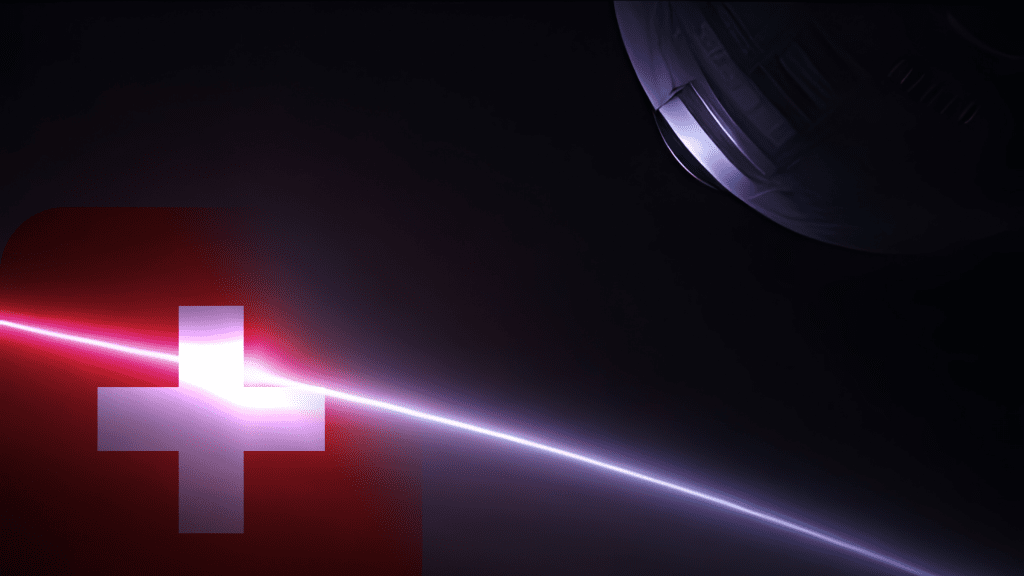
On April 21, the European Space Agency (ESA) launched a mission in the hope of explaining Einstein’s theory of relativity by measuring time distortion in space, deploying ultra-precise atomic clocks to the International Space Station abroad a SpaceX Falcon 9 rocket.
The Atomic Clock Ensemble in Space (ACES) will operate for 30 months on the ISS’s Columbus module, 400 km above Earth, analyzing how gravity affects timekeeping.
ESA’s project lead, Simon Weinberg, highlighted that the research could improve technologies from GPS to computing systems, as “time remains the fundamental variable in all physics equations.”
The mission is Europe’s most ambitious test of relativistic time dilation to date.
Explaining Einstein’s Theory of Relativity
The European mission is driven by a need to deliver an explanation of Einstein’s theory of relativity, which changed our explanation of time.
Initially surface in 1915, Einstein’s theory of relativity explained changed the world’s understanding of time, stating that time doesn’t pass at the same rate everywhere, but rather slows down close to heavy objects.
Although the Einstein effect is minimal on Earth, it becomes noticeable in space. A GPS satellite can be taken as an example, as it clocks 20,000 km above Earth and runs 40 microseconds faster than ground clocks.
The ACES mission will focus on the possibility of measuring this “gravitational shift” with two atomic clocks, improving precision by two decimal places to one millionth.
Swiss Atomic Clocks in European Mission
ACES includes two atomic clocks. One developed in Switzerland, the Space Hydrogen Maser (SHM), made by Sefran Time Technologies in Neuchâtel, is an active hydrogen atom time-keeping device, like those in Galileo satellites – high stability and precision.
The second clock, Project d’Horloge Atomique par Refroidissement d’Atomes en Orbite (PHARAOH), was built by France’s Centre national d’études spatiales (CNES) and operates alongside the SHM.
PHARAOH uses cold atom technology to achieve extremely high precision in timekeeping for scientific missions like ACES.
Together, the two clocks will calculate time with precision and accuracy of one second over 300 million years. After the data is collected from these clocks, it will be transferred back to Earth. Nine stations in Europe, the United States, and Japan will then compare the data with their own atomic clocks, studying the theory of relativity by Albert Einstein.
By comparing the data, scientists will be able to test the theory of relativity by Albert Einstein in a new way. As mentioned by Philippe Laurent head of ACES/PHARAO activities at Paris Observatory, If the answer is not in alignment with the predictions of the general theory of relativity by Albert Einstein, “a new window will open in the world of physics.”
Is Einstein’s Theory of Relativity a Fact?
The ACES mission is a chance to verify the theory of relativity by Albert Einstein. However, it highlights the significant advancement in atomic clock technology. With these sophisticated atomic clocks, scientists are testing the limits of our knowledge of gravity and time.
Now if the outcome of the data collected differs from Einstein’s calculations, it could signal the need to rethink or adjust some of his famous theories. The European mission might even take us one step closer to resolving and explaining Einstein’s theory of relativity with quantum mechanics. Therefore, only the journey will prove if the theory of relativity by Albert Einstein holds up when viewed in space.
Inside Telecom provides you with an extensive list of content covering all aspects of the tech industry. Keep an eye on our Intelligent Tech sections to stay informed and up-to-date with our daily articles.